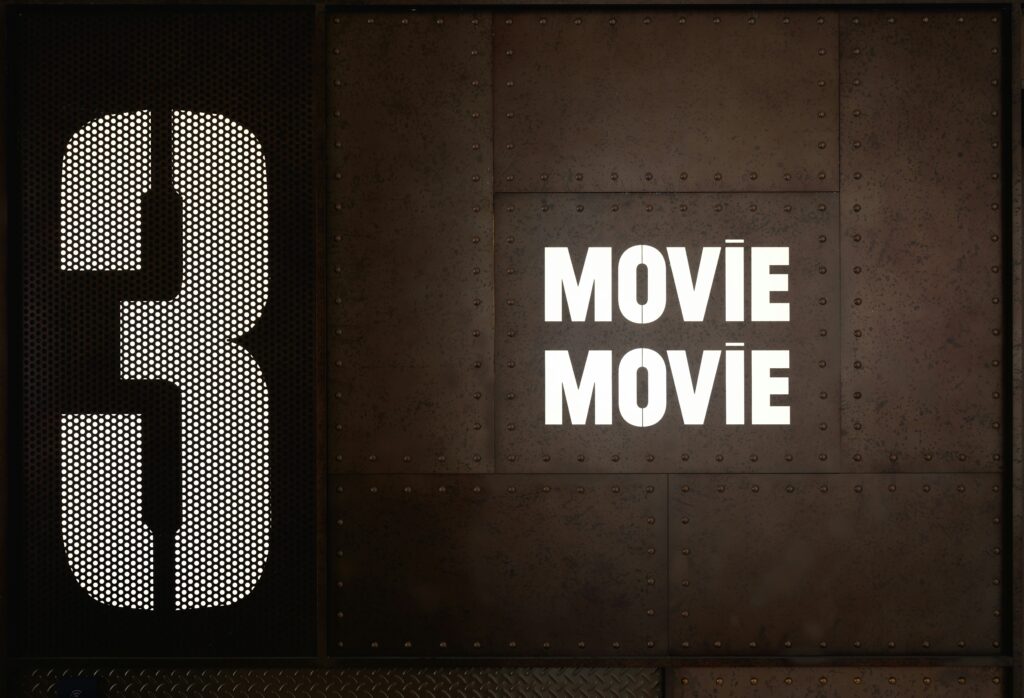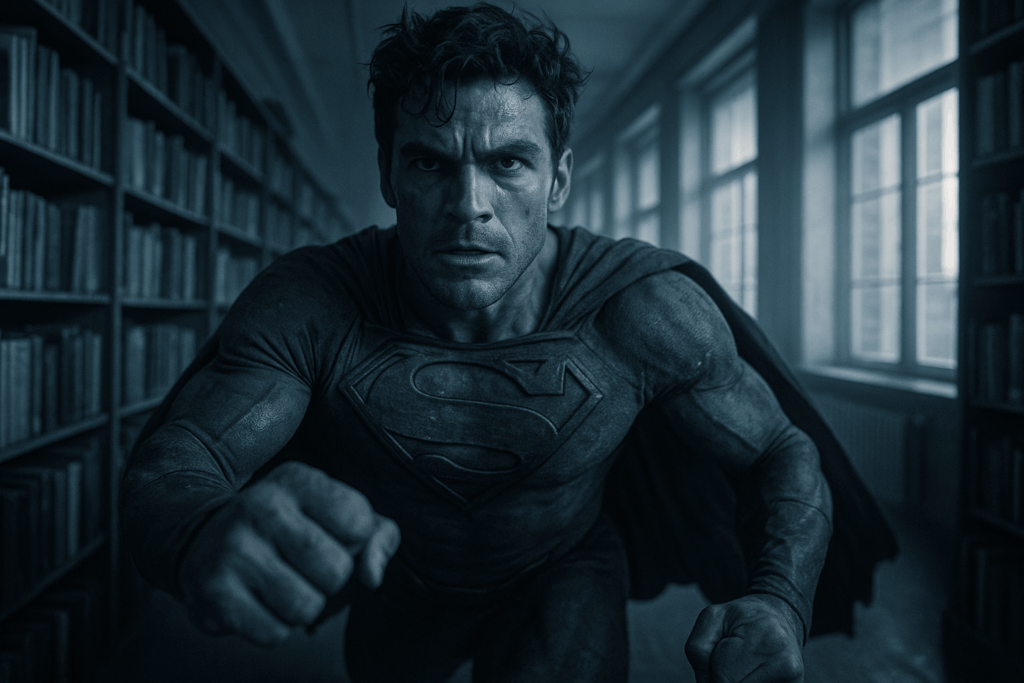Quick Take: Why This List Matters
The film landscape is louder than ever—franchise fatigue, streaming overload, and trailers that overpromise. So we trimmed the fat. This list isn’t about box office wins or aggressive marketing. It’s about the stories that actually landed, the kind of direction that grabs you without screaming, and performances that linger well past the credits.
We looked at films where every piece mattered: strong scripts, sharp direction, layered characters, and something to say beyond the surface. Cultural impact counted. So did restraint. This isn’t a popularity contest—it’s a short, punchy look at work that respected the craft and stuck in our heads for a reason.
No gimmicks. No bloat. Just films that earned their spot.
Best in Drama: “Still Water, Deep Fire”
Here’s a film that doesn’t shout. It just burns slow and bright. “Still Water, Deep Fire” takes a heart-wrenching family fracture and filters it through understated direction and powerhouse performances. The plot is simple on paper—a daughter estranged from her father returns home after years, only to face the emotional rot of decades-old silence. But the way it unfolds? Quiet tension, small gestures, words that land like punches.
Standout scenes are all about restraint. One, in particular—a kitchen confrontation lit only by a single window—does more with body language than most films do with monologues. It’s the kind of raw, honest drama that leaves a mark without needing big speeches or melodrama.
The emotional depth is anchored by the performances. The lead actress doesn’t perform grief; she wears it like a second skin. Her father, played by a veteran of the stage, delivers a role stripped of vanity—just broken truth and stubborn regret. You believe them, and that’s the power here.
In terms of real-world themes, it hits where it hurts: how people let time make decisions they were too scared to make themselves. It’s about forgiveness, but not the kind served neat. This one’s messy, earned.
Compared to genre classics like “Manchester by the Sea” or “Ordinary People,” “Still Water, Deep Fire” holds its own through minimalism. It doesn’t try to reinvent dramatic storytelling. It just does it better—more focused, more human, no wasted breath.
Standout in Action/Thriller
Phantom Circuit – A look at pacing, tension, and why it’s not just loud noise
Phantom Circuit doesn’t rely on chaos to hold your attention—it earns it. The pacing is tight, with momentum that builds steadily instead of sprinting out the gate and collapsing by the third act. Every tense moment is earned through restraint. The film isn’t scared of silence, nor does it overplay its hand. You care about what happens next not because it’s explosive, but because it’s sharp.
Direction here isn’t flashy for its own sake. Action scenes are precise, almost surgical. Think more Bourne Identity than Fast & Furious. Director Lina Cho keeps the camera low, kinetic without being dizzying, focused on clarity over spectacle. You see the punch land, the reaction hit, the emotional stakes raise. There’s intention in every frame.
The stunt coordination deserves spotlight. It’s not about bodies flying through the air—it’s about impact and realism. Fights feel grounded, improvised, and gritty. When a chase scene erupts through crumbling backstreets, it’s more about geography and tension than CGI or pyrotechnics. There’s weight to it.
Does the style serve the substance? Absolutely. Phantom Circuit isn’t here to overwhelm you. It invites you in, ramps the pressure, and doesn’t let go. Every choice—camera, choreography, tone—feeds the story. It respects the viewer’s intelligence and delivers the kind of action that lingers after the credits roll.
Indie Gem That Delivered – Why fewer dollars didn’t mean fewer chills or thrills
Sometimes less really is more. One of this year’s standout films didn’t come with a massive budget or megastar billing—but it didn’t need to. This indie hit leaned hard into tight storytelling, lean pacing, and raw character work. Every dollar showed up on screen in ways that big-budget thrillers couldn’t match—not through explosion-heavy set pieces, but in tension built from silence, unspoken glances, or the slow burn of a story that actually cared where it was going.
The protagonist wasn’t a superhero—just a person you couldn’t stop watching. The stakes felt real. The cinematography didn’t shout; it whispered, and it stuck. It’s the kind of film that thrives on restraint, and it worked. Think smart genre pivots, minimal locations, and dialogue that felt lived-in. By the time it made the festival rounds, people weren’t asking about the budget—they were asking when it would drop on streaming.
The buzz? Real. It earned its standing ovations without needing a fancy A-lister walkout. Hollywood can keep its over-polished franchises; this was the kind of film that reminded everyone why cinema matters.
Must-See International Release – How Foreign Language Cinema Raised the Bar This Year
This year, international cinema didn’t just compete—it led. With razor-sharp storytelling, emotional intelligence, and cultural specificity, foreign films delivered depth where many big-budget blockbusters coasted. These weren’t just stories told in another language—they were layered narratives that challenged assumptions, widened perspectives, and hit personal notes across borders.
From South Korean human dramas to gritty Latin American thrillers, the common thread was clarity of voice. Directors took risks, actors leaned into nuance, and cultural context wasn’t watered down for convenience. Instead, these films expected audiences to lean in—and rewarded those who did.
Take the year’s breakout title: politically charged but never preachy, grounded in local reality yet echoing global truths. It’s the kind of movie that says more with a glance than many films do with an entire script. That’s what elevates it beyond critical acclaim—it’s relevant across languages, across lives.
Foreign cinema isn’t a side category anymore. It’s essential viewing. And if this year proved anything, it’s that storytelling thrives when it isn’t trying to fit a mold.
Unmissable Performances
Some roles go beyond acting—they become the defining moments of an actor’s career. This year brought a wave of powerful performances that elevated films from good to unforgettable. Here’s who stood out:
Career-Defining Roles
- Emma Stone in The Delicate Balance – Delivered nuance and vulnerability in a role that demanded emotional precision. It’s easily among the best performances of her career.
- Daniel Kaluuya in Hard Silence – Quiet intensity met explosive emotion, showcasing his ability to dominate a scene without ever overplaying it.
- Lupita Nyong’o in Motherland – A transformative performance with emotional layers that linger long after the credits roll.
Emotional Range That Stayed With Us
- Seamless transitions between fragility and strength
- Characters that felt painfully real, never performative
- Performances that made the audience forget they were watching actors at all
Why These Roles Matter
- These aren’t just great performances—they’re essential to the films’ success
- They set a high bar for what acting can achieve when aligned with strong direction and writing
- Expect these names to appear repeatedly throughout awards season—they’ve earned it
These performances aren’t just impressive—they’re conversation-starters, cultural moments, and strong contenders for film history’s highlight reel.
Honorable Mentions
Not every great film screams for the spotlight. Some choose a quieter path—leaning into niche concepts, oddball formats, or ideas that stick in your memory longer than expected. These are the creative outliers: titles with culty fanbases, clever visual risks, or narrative experiments that (mostly) work.
They didn’t top the list because they aren’t built for mass appeal, but that doesn’t make them any less worthy. Think scrappy projects with singular styles or stories told in ways we hadn’t seen before. In a landscape crowded with big-budget sameness, these offered fresh angles—even if only for 90 minutes of artistic guts.
If you’re short on time but want to see something that feels different, this is where to look. These films didn’t play by the rules—and in doing so, carved out a space all their own.
What Critics and Audiences Agree On
Where Opinions Converge
Sometimes, the stars align—literally. When a film earns high marks from both critics and everyday viewers alike, it typically signals three core strengths:
- Universal storytelling that resonates across perspectives
- Strong performances that connect emotionally
- High production value that elevates the experience
This overlap often reveals a movie’s staying power beyond the awards season.
Why Agreement Matters
When both camps are on the same page, it tells us something important: the film has struck a cultural chord. It transcends niche preferences and speaks to broader human themes.
- Alignment shows the film isn’t just technically impressive—it’s deeply felt
- A blend of originality and accessibility usually drives this consensus
- It’s a sign of long-term rewatchability and relevance
When They Don’t See Eye to Eye
Discrepancies between critic scores and audience ratings can also be telling. Whether it’s a divisive tone, challenging themes, or non-traditional execution, there’s value in disagreement too:
- Critics may favor artistic boldness over entertainment appeal
- Audiences may connect with story and emotion, even if a film lacks polish
- These gaps highlight the subjectivity at the heart of film
The Shift in Viewer Taste
Over the past year, it’s clear audiences are embracing more sophisticated storytelling and unconventional formats:
- Greater appreciation for slow-burn narratives and character-driven arcs
- Increased interest in international releases and subversive genre films
- Pushback against formulaic blockbusters in favor of creativity and nuance
This subtle evolution in taste suggests filmgoers are becoming more discerning—looking for substance amidst spectacle.
One thing’s for certain: when critics and audiences both stand behind a film, it’s probably one you shouldn’t miss.
More Like This
If cinematic storytelling got you hooked this year, don’t stop at the credits. Dive into the world of television where the same level of craft, depth, and impact is playing out weekly. From character-driven dramas to genre-bending thrillers, today’s top-tier TV isn’t filler between film releases—it’s matching, and sometimes outpacing, what’s on the big screen.
We’ve rounded up a list that complements the films above, with shows that aren’t just binge-worthy—they’re benchmark work. Storytelling that sticks, performances that cut deep, and direction that doesn’t waste a second of your time.
Start here: Television Series You Can’t Miss: Critical Reviews. You’ll find series that speak the same cinematic language—and sometimes rewrite the rules altogether.
Final Takeaways
This year’s film slate made one thing clear—story still wins. Whether it was told with a $2 million indie or a $200 million studio machine, audiences leaned into narratives that felt real, urgent, or deeply personal. Flashy CGI and high-stakes IP didn’t vanish, but it was the quieter moments, the tightened scripts, and the focused performances that left the longer mark.
Several themes stood out. Dislocation and identity were everywhere—whether it was characters questioning who they are, or stories about cultural shifts and human disconnection. There was also a noticeable tilt toward reckoning: with the past, with systems, with self. Even the most escapist films felt grounded by a desire to say something real.
Your watch list should already have most of the titles from this review. If not, fix that. These films weren’t just good—they captured the pulse of where film is heading. Thoughtful, deliberate, emotionally tuned-in. Expect more of that as audiences demand better, not just bigger.




